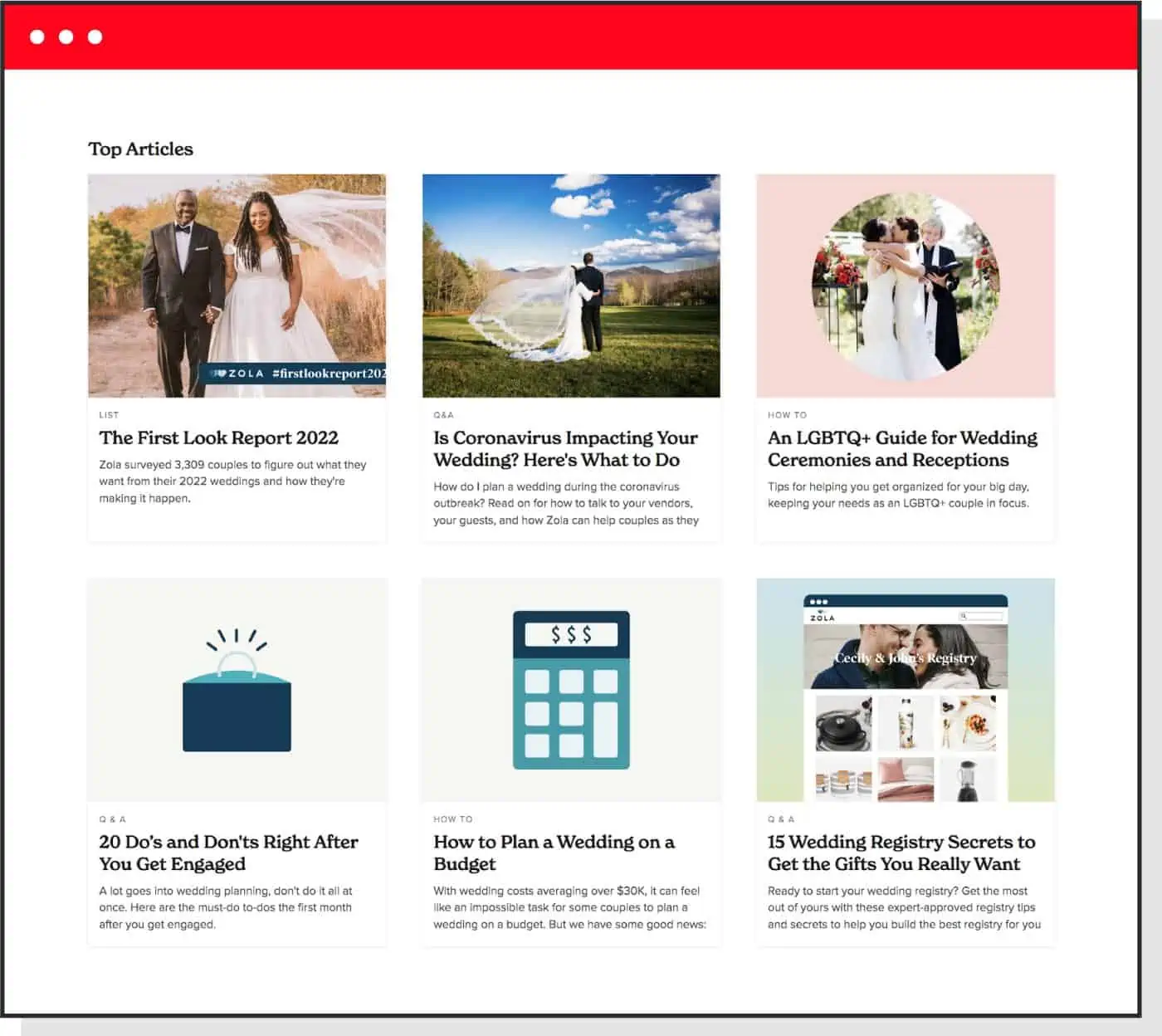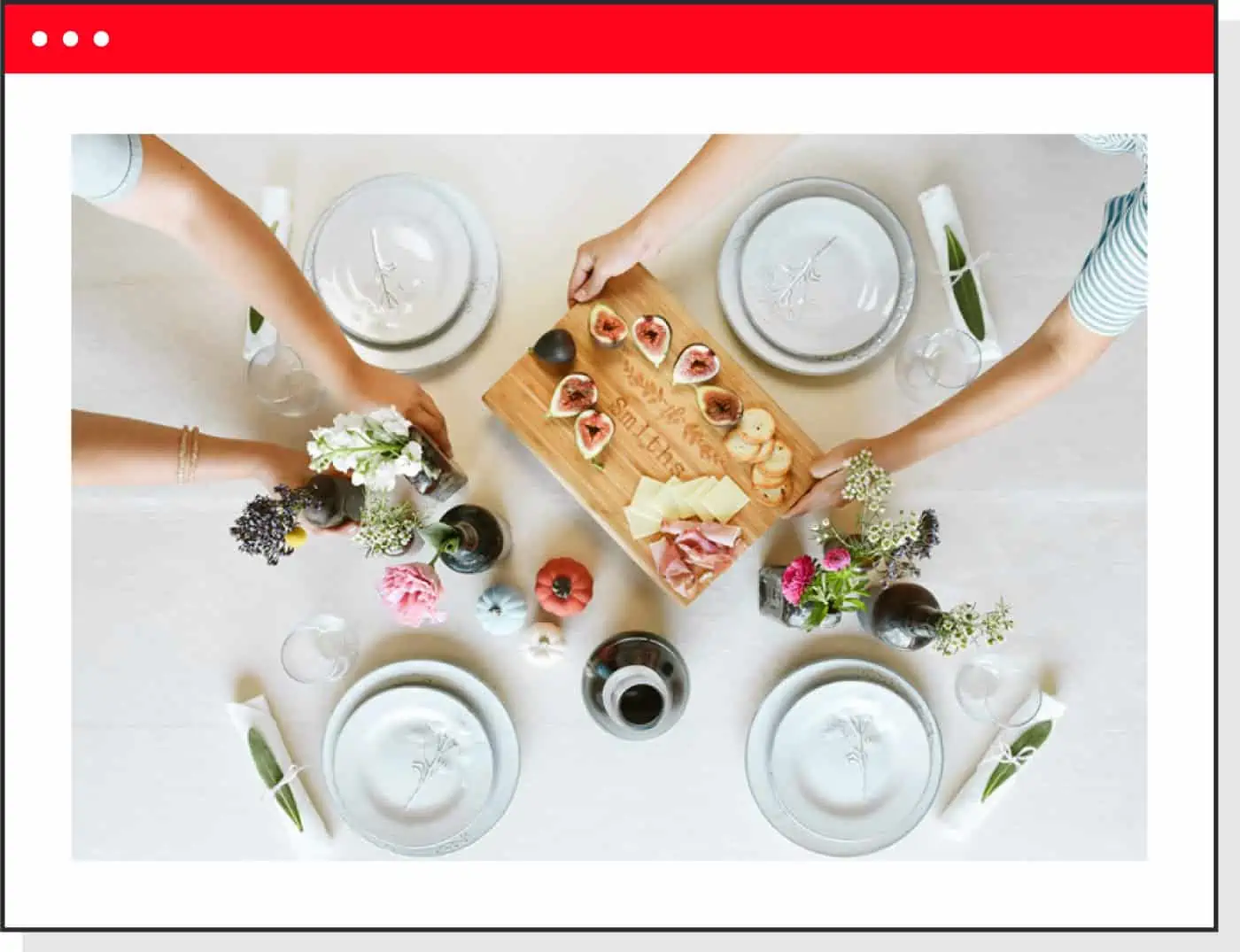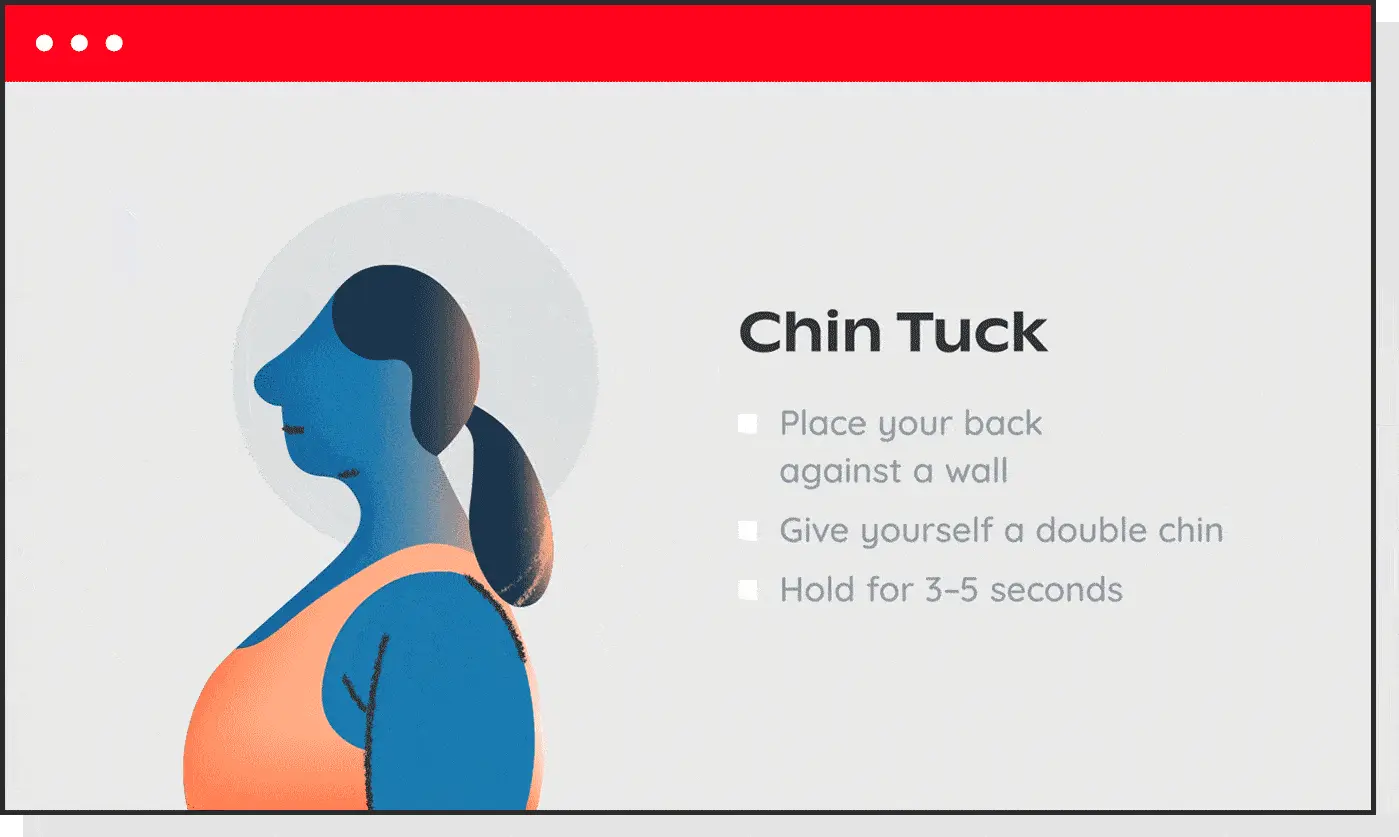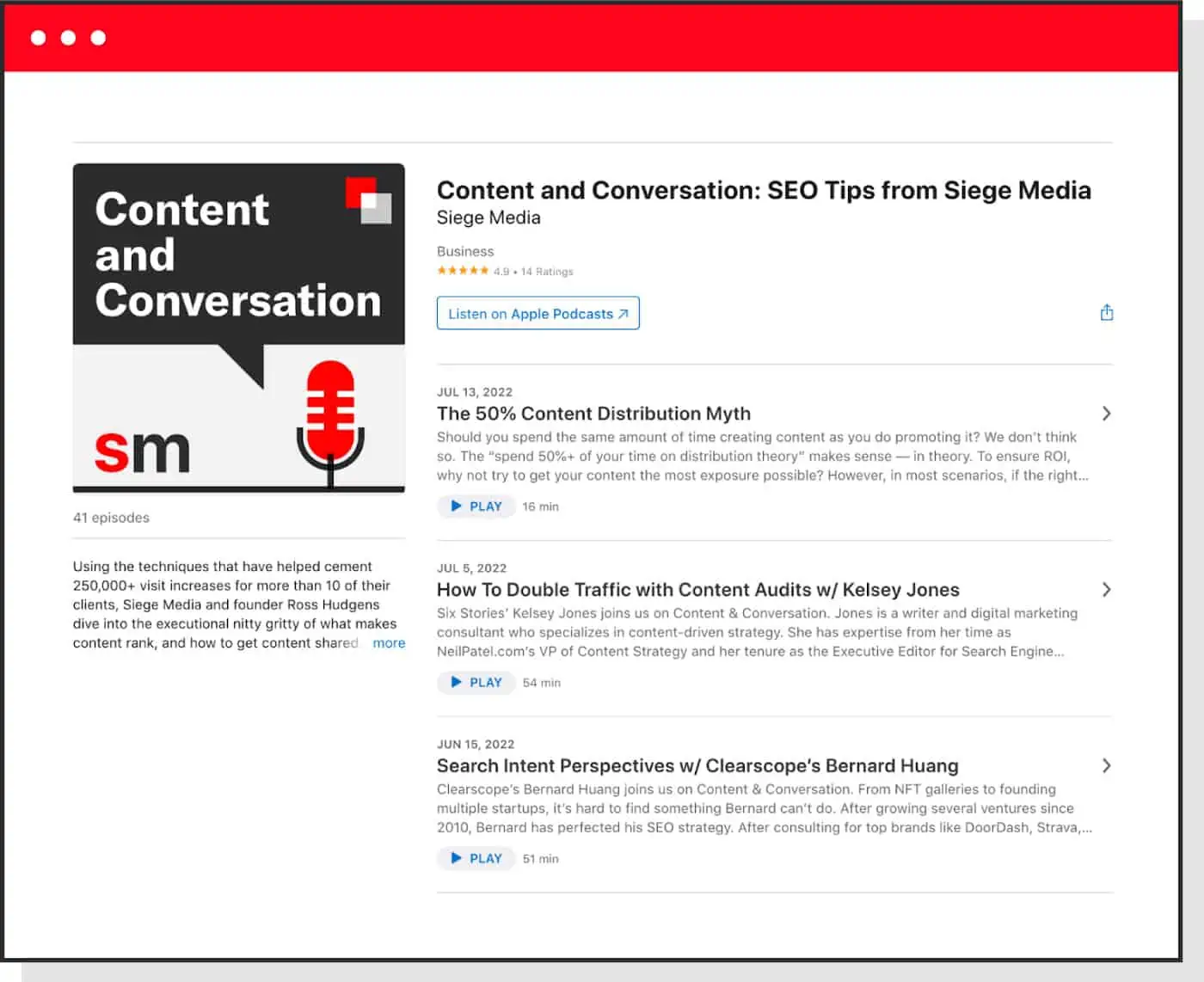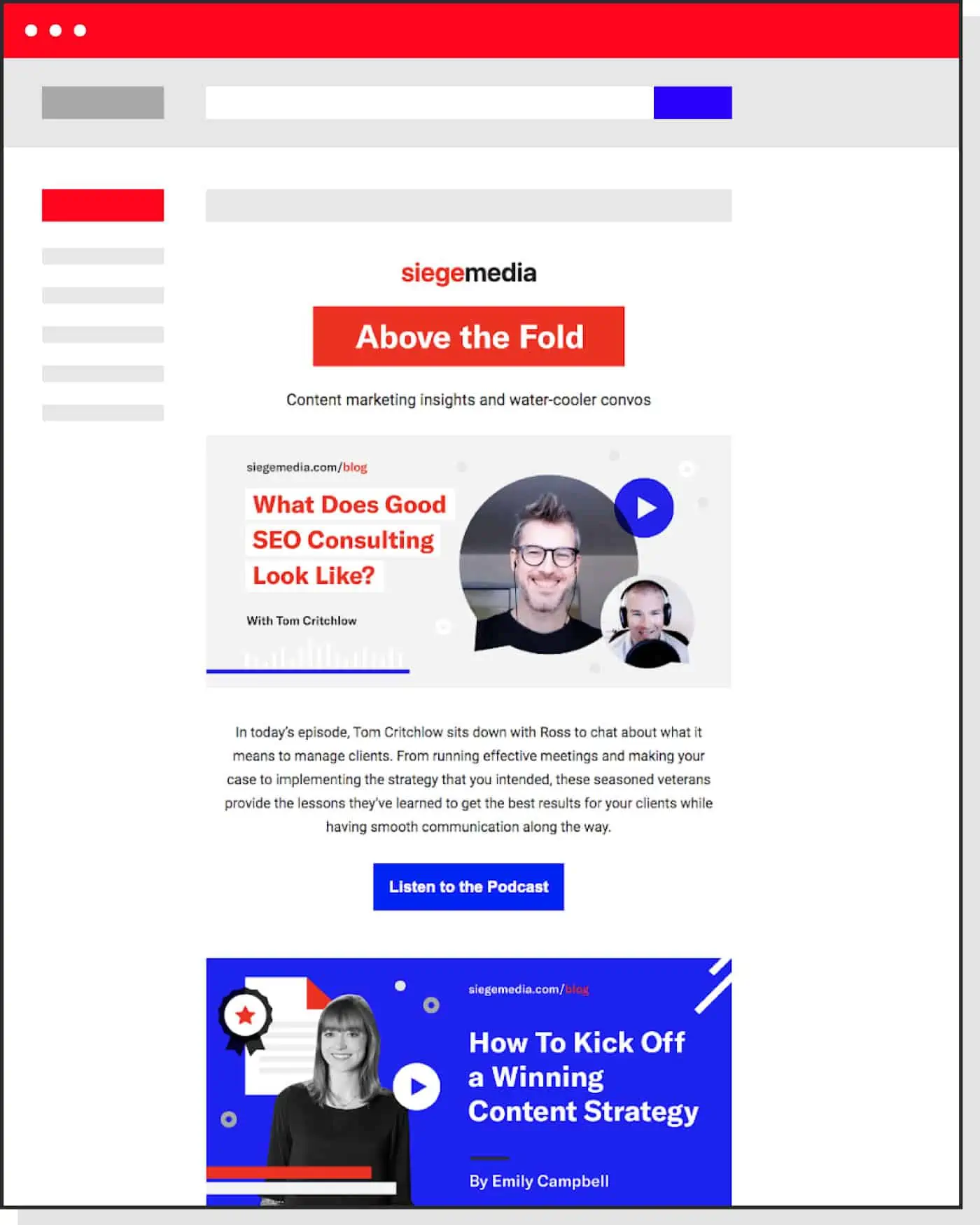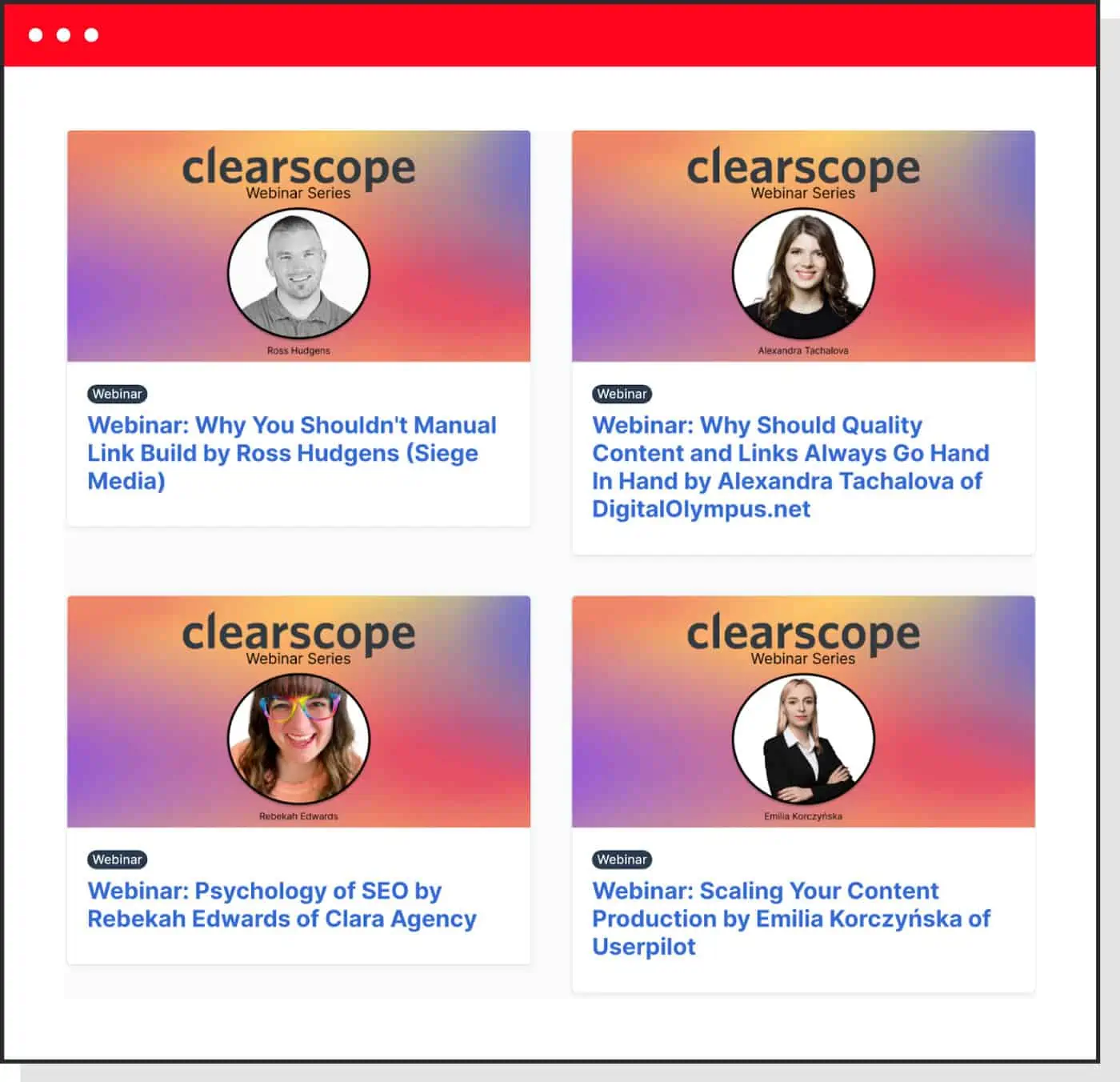Art may seem like a foreign language to you, but creativity comes in many forms.
While you might not be compared to Picasso when you put a brush on canvas, maybe you found a way to drive high-quality traffic to your site in the midst of a pandemic.
Or maybe you have no idea what a DSLR camera does but understand Google Analytics like the back of your hand.
After 10 years of creating content with a 115-person team of content creators, we’ve found that creative content is no different. Everyone can be creative if they are working to make something new and valuable.
High-quality creative content can help you achieve your marketing goals or next digital PR campaign.
To help illustrate what creative content is and how to utilize it for your brand, we have a list of 11 types of creative content, metric-driven examples, and tips on how to make your content creative.
Creative content marketing types:
- Blog Post
- Graphic Design
- Photography
- Animation
- Video
- Interactive
- Podcast
- Newsletter
- Webinar
- eBook
- Case Study
What is Creative Content?
Creative content is any type of media that is new and valuable to someone.
Let’s break this down even further:
- Any type of media: This could be anything from blog posts to videos to newsletters. Keep reading for a comprehensive list of media types your brand should utilize.
- New and valuable: It’s often assumed that creative content has to have a shock factor. I’m here to tell you it doesn’t. It just has to be comparatively unique and provide value. A quick way to do this is to consistently and intentionally update your content year over year.
- To someone: What’s new to one person might be old news to others. Creativity is in the eye of the beholder. Your content just needs to be new and valuable to someone (preferably your audience) in order to be creative and get results.
With this broad definition, it can be hard to know where to start. To help, we’ve collected 11 types of creative content and explained how you can take these content types to the next level.
11 Types of Creative Content
Successful brands mix and match the following content types in order to provide comprehensive and creative information for their audience.
1. Blog Post
A blog post is an informational piece of content that’s hosted on a website. You use this form of media to educate the audience on a top- or middle-funnel topic related to your product or service.
Blog posts are especially valuable if you’re trying to grow your customer base, as you can target keywords that relate to your offering to rank on Google and increase traffic to your site.
As an SEO content marketing agency, blog posts are our bread and butter. For example, clients like Zola, a wedding planning and registry site, leveled up their blog with posts like free bridal shower printables, wedding themes, and wedding send-off ideas.
These blog posts align with their offering and include new and valuable information, earning them a spot on page one of Google.
How to make blog posts creative:
- Create a user-friendly structure that’s designed to answer the query and any follow-up questions as simply as possible.
- Make it scannable with shorter paragraphs, bulleted lists, bolding, TL;DRs, main takeaways, or tips.
- Show your authority on the topic and add unique advice based on your experience.
- Find ways to cater to all four types of learning styles: visual, auditory, reading and writing, and kinesthetic.
2. Graphic Design
Graphic design is an art form that compiles visual elements to convey a message.
Design is woven into almost every part of any successful brand, from the packaging and logo to blog post images and social media content.
Graphic design is inherently creative because the designer is creating something new. However, making beautiful content just for the sake of it can be expensive and won’t lead to the results (traffic, passive links, shares, etc.) that you’re looking for.
To make the design more valuable, it’s important to pair aesthetically designed icons with actionable information.
In this technical post by TurboTenant on “Emotional Support Animal Laws,” the designer mixed cute pet illustrations with important callouts to make creative post images.
How to make creative graphic design:
- Look at Google Images for the topic and find ways to level up what’s ranking.
- Implement an image hierarchy that tells a story.
- Find ways to explain a complex topic more clearly with your design.
- Look at what design different industries are sharing. Can you mimic elements that might be the norm in their industry, but unique in yours?
3. Photography
Photography is a go-to format for most brands because it allows them to showcase their physical product. Even if they have a service or offering, photography can help them demonstrate how it’s used.
Brands can choose to create their own custom photography, source user-generated photography, or utilize stock imagery.
Custom Photography
Custom photography allows the brand to have complete creative control over the content.
This means they can dictate exactly what products you show, how you display them, what lighting you use, and any other small details that ultimately add to good branding and brand association.
A creative marketing example is the custom photography showcased in this post on “Cutting Board Sizes” which includes a variety of cutting boards styled in unique ways.
User Generated Content (UGC)
Photos taken by other individuals rather than the brand are considered user-generated content.
You can source these from anyone on the internet and curate the content on your social media platforms or blog. You can also pull from content creators who have tagged your brand on social media platforms. For any UGC photography, we suggest to get explicit permission from the photographer before using them in your branded content.
UGC is a medium-effort route that can lead to curated examples that are unique and creative. 1st Dibs pairs UGC photography with data in their post on the “Top Interior Design Trends” for an inventive and informative combination.
Stock Photography
Stock photography is a lower-effort option, but to make it creative the brand will typically need to add some kind of value.
For example, Solo Global mixes stock photography with graphic design to create branded images on their blog. Even the pure stock imagery they use highlights their main brand color in a way that feels cohesive with the rest of their content.
How to make photography creative:
- Showcase your product or service in a new way with custom photography.
- Utilize UGC by sourcing photos and curating unique examples that aren’t shown by other companies.
- Find ways to add value to make your version more branded if using stock imagery.
4. Animation
Animation is a design that has a moving or living element to it. A little movement can go a long way when it comes to catching a reader’s attention. If you want to improve upon your current content design, try adding animation.
Depending on your budget, this animation could be high effort or low.
For example, a low-effort animation might be a post image that features some movement. In this post by Ness on “How to Relax Your Jaw,” post images demonstrate different jaw exercises. This topic can be difficult to explain with words or static images, so a small animation goes a long way.
A higher-effort animation will be more complex in size and movement. This animated infographic on “Constructing the City of the Future” by BigRentz brings a futuristic city to life in a way that copy alone could not. The more engaging animation is, the more likely people are to stay on your site longer or share.
How to make animations creative:
- Be sure to animate the most confusing or complicated element. What can’t be explained with words or a static image?
- Start small – too much animation can take away from the point you’re trying to portray.
- Find inspiration from the videos ranking for your topic on YouTube.
5. Video
With TikTok’s transformation from an app to a new search platform (look out Google!), it’s no surprise that video content is top of mind for many brands. In fact, it’s the most popular content format, with 59% of content marketers using video.
Video content can rank on search engines and capture the attention of visual learners. Depending on your vertical, the type of videos you create will vary.
For example, a diamond expert might decide to focus on product comparisons such as The Diamond Pro does in this video on “Platinum vs. White Gold Jewelry.”
On the other hand, someone in the finance industry might not be able to do a product comparison but can explain a complex topic with an animated video. Possible Finance does exactly this in their video on “What Are Payday Loans?”
Lastly, in the lifestyle industry, it’s common to see how-to’s or tutorials. These are step-by-step videos that explain a process. For example, FTD, a flower and plant delivery brand, created a video on “How to Macrame a Plant Hanger” and “How to Make a Hanging Centerpiece” so their audience could display their products in a new way.
How to make videos creative:
- Utilize an expert in the space that can speak to your product or offering in a new or authoritative way.
- Use videos to further explain the core concepts in your industry.
- Create a simple step-by-step process that’s easy to understand and recreate to showcase new ways to use your product.
- Repurpose video content to highlight on your website, in blog posts, on YouTube, and on social media.
6. Interactive
An interactive is any content with an element that the user can interact with, such as generators, quizzes, or calculators. interactive content is a little more complex (typically requiring a developer), but it can be very valuable to your audience and has passive link potential.
To stay competitive, brands should create an interactive that has a strong tie to their brand offering.
For example, Apartment Guide created a calculator that helps their audience find how much rent you can afford and then showcases relevant properties that fit your criteria. This interactive not only solves the current query but the natural next step — searching for a place to rent.
How to make interactives creative:
- Be sure your interactive is user-friendly — both easy to navigate and accurate.
- Level up what’s already ranking for these terms. Think about how you can add value.
- Consider mobile users when testing.
7. Podcast
Podcasts are audio content and forecasted to reach over 160 million listeners in 2023. The rise in popularity of podcasts over the last couple of years has a lot of brands considering this format.
Podcasts are great for those who want to build credibility by interviewing experts in their industry or giving tips on a given topic. They are not as successful if they lack structure and consistency or try to describe something that would be better as a visual.
If you’ve read this far, you’re likely interested in learning more about content marketing.
Auditory learners may benefit from content marketing podcasts where titans of the industry discuss trends or best practices.
We have one of those ourselves, if you like podcast episodes on all-things content marketing and SEO, take a listen.
How to make podcasts creative:
- Have a strong understanding of your audience and address their needs and concerns.
- Be consistent about the day you release your podcast and its branding so the audience knows what to expect.
- Invite new credible guests that haven’t been interviewed on other podcasts.
- Do your research ahead of time to find out what topics your guest has talked about in the past and make an effort to ask unique questions.
8. Newsletter
Newsletters curate information for a network of people.
Email newsletters are a cost-efficient way of communicating with your audience about initiatives, new information, or products to increase leads and traffic to your site.
In fact, a study by the Content Marketing Institute found that newsletters were rated as the highest performing content for securing and and nurturing leads.
If you’re anything like me, your inbox is full of branded newsletters that you can glean inspiration from.
What stands out as being different? What content do they include? What made you open this one and not the others? Use these questions to help you craft your own brand’s newsletter.
If you’re nothing like me and have the healthy practice of unsubscribing, we’ve listed some innovative newsletters in the content marketing space below that you might want to try out.
How to make newsletters creative:
- Create a consistent publishing structure so the user knows what to expect.
- Add clear CTA buttons throughout the newsletter to make the information easy for the audience to interact with.
- Include a mix of media types including, photos, graphic design, and videos.
9. Webinar
Webinars are online events that companies host on a specific topic. This is a great way to showcase your team’s knowledge as well as connect in real-time with an audience through a Q&A.
Clearscope, a content optimization tool company, does an excellent job of hosting relevant speakers in a webinar format. They discuss the different facets of content optimization with experts in the industry.
A perk of this format is that you can record the webinar and repurpose the information in other formats such as blog posts or social media posts. You can also include it your company newsletter.
How to make webinars creative:
- Make it interactive by finding ways to involve the audience. This is an opportunity to interact with your audience, not just lecture them.
- Invite unique speakers and guests who will ask interesting questions.
- Repurpose the learnings or video recording and promote across other platforms.
10. eBook
Do you have a topic related to your brand that needs to be covered in-depth? If a scannable blog post won’t do the trick, turn to the more comprehensive eBook format.
An ebook can be downloaded and consumed by readers at their own speed, and they tend to be longer than classic blog posts because their audience expects a more of an explanation.
Typically, this content is free, but brands require an email signup to view the eBook. This trade-off is a win-win for both parties, especially the brand who is able to grow their email list with qualified leads.
In the construction industry, BigRentz provides its audience with equipment rental eBook guides such as Dumpster Rental Guide and Crane Rental Guide.
At Siege Media, we have condensed some of our knowledge into content marketing eBooks such as “How to Increase Website Traffic by 250,000+ Monthly Visits” and “How to Estimate SEO ROI From Content Marketing.”
How to make eBooks creative:
- Use unique examples throughout to truly showcase all sides of the topic.
- Mix in some visuals to break up the copy.
11. Case Study
A case study is an in-depth analysis of a specific situation. Brands use case studies to showcase everything that they can do for a customer by highlighting specific scenarios they’ve encountered and dealt with successfully.
Case studies are an opportunity to show off your team’s skills to build credibility.
Most brands have this hosted on a webpage that’s separate from their blog, but you can also promote them on a blog or social media. Case studies usually include a mix of design, data, graphs, video testimonial, and copy.
You’ll typically find case studies in the B2B space because businesses want to see how other businesses have performed with the offering.
Siege Media has a case study section on the site that showcases our creative work (copy, design, development) for clients and its success. This allows interested companies to see what we can potentially do for them.
B2C companies tend to have review pages rather than case studies because potential consumers want to see what past consumers have to say.
How to make case studies creative:
- Be sure to show how your product or service can solve the problem at hand better than your competitor.
- Include data that backs up any of your claims.
- Add quotes from those involved in the scenario.
Places to Find Creative Content Inspiration
We’ve all had that “staring at a blank page not knowing what to write” moment. In fact, content marketers are all too familiar with this feeling.
If you’re ever unsure of where to start or how to make your content more creative, try using these sources of inspiration below or visit our post on content marketing examples in action.
Pinterest is a visual platform so it’s easy to scan through examples from your topic. As you’re looking through, notice what stands out to you. Is there a way to combine a few ideas showcased on your Pinterest feed? Organize your ideas with Pinterest boards.
Reddit is a great resource for finding ideas to improve upon industry-specific topics.
There are two primary ways to utilize Reddit.
First, you can browse subreddits that tend to share more creative content types.
For example, /r/infographics, /r/coolguides, or /r/dataisbeautiful all feature content across all industries. Maybe someone in a different industry is using a concept that you can implement into your content.
If you’re interested in finding inspiration in your own industry, you can look at popular subreddits by industry.
Google Trends
Keep up with the trends in your industry with Google Trends. Start by searching for a broad topic and then dive into the subcategories that the platform suggests. Is there something valuable you can add to a new topic that’s trending?
Newsletters
Subscribing to newsletters from the marketing or design industry can help inspire your content. Some that we recommend include:
- Above the Fold
- The Pudding
- The Daily Carnage
- The Morning Brew
- Exploding Topics
- Animalz
- Creative Mornings
Industry Reports
Industry reports by authorities in your niche can provide a trove of valuable information. You can often subscribe to industry reports, so you’re the first to be notified when this data is released.
Some examples of industry reports include:
- Lifestyle: Pinterest Trend Report
- Lifestyle: Etsy Trend Reports
- Insurance: McKinsey & Company Global Insurance Report
- Small Business/Career: Bureau of Labor Statistics
- Science: Pew Research Center
- Real Estate: NAR Reports
- Real Estate: CoreLogic
Designers
Get inspiration from other creatives on social media or Dribble. Search specific topics or follow designers in your industry. We may be biased, but the Siege Media designer’s work on Dribbble is a great place to start when looking for inspiration.
Creative Content Doesn’t Need To Cost Millions
As you’ve seen, creative content marketing doesn’t require a million-dollar out-of-the-box campaign.
A well-structured content marketing plan with a variety of content types that are new and valuable at a price that fits in your current marketing budget will do the trick.
Thinking of investing in more creative content but don’t want to hire an internal team of writers, designers, and developers to make it happen?
Check out our content marketing services to get a custom quote today.



